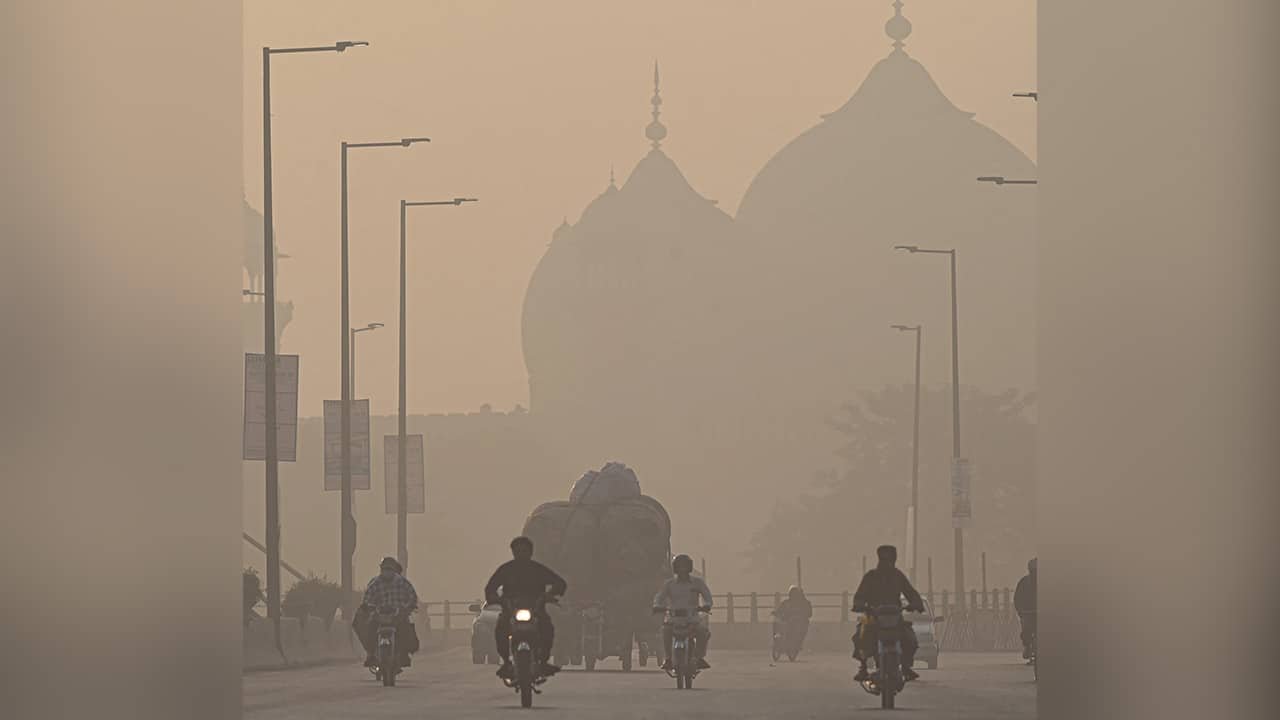The Urban Unit of the Planning and Development Department of Punjab has released a report revealing that over 80 per cent of Lahore’s pollution originates from the transport sector.
Titled “Sectoral emission inventory of Lahore,” the report represents the first comprehensive attempt in the Punjab province to assess atmospheric pollutants resulting from human activities across six developmental sectors.
The report identifies various primary sources of pollution in Lahore. Transportation accounts for 83 per cent of the emissions, making it a significant contributor. The increasing number of registered vehicles in Lahore, including a notable rise in two-stroke vehicles such as motorbikes, scooters, and auto-rickshaws, is a cause for concern.
However, it is worth noting that vehicle figures may be inflated as anecdotal evidence suggests that many vehicles in the Punjab province are registered in Lahore.
In addition to transportation, the burning of crop residues contributes 3.9 per cent to the pollution levels, while waste burning—a common practice in the outskirts of Lahore—accounts for 3.6 per cent.
Furthermore, the report highlights that emissions from the industrial (9 per cent), domestic (0.11 per cent), and commercial (0.14 per cent) sectors primarily result from the consumption of inefficient fuels like coal and diesel oil.
The report also examines the health impact of the pollution in Lahore. The concentration of pollutants in the city’s ambient air exceeds the defined limits of Pollutant Equivalent Quantities (PEQs). Air pollution is currently the most severe form of pollution affecting the residents of Lahore.
Citing the Air Quality Life Index Fact Sheet for Pakistan, the report reveals that if the World Health Organization’s guidelines for an annual average PM2.5 concentration of 5µg/m3 are met, the average life expectancy of Lahore residents could increase by 6.8 years. Moreover, the rising pollution in the city has led to an increase in respiratory diseases.
The report emphasises the broader challenge of air pollution in Pakistan and the subsequent problems it causes. Pakistan’s air quality performance, as assessed by the Environmental Performance Index (EPI) published by Yale University in 2022, ranks 176th out of 180 countries with a score of 5.7 in air quality points. This indicates a decrease of -0.3 compared to the previous report. The World Air Quality Report (2021) by IQAir also ranks Pakistan as the third-most polluted country in terms of air quality.
Additionally, the report highlights the country’s high climate vulnerability and environmental degradation. Rapid urbanization is exacerbating exposure to pollution within Pakistani cities. Urban areas, while significant centers of energy production and atmospheric emissions globally, are particularly susceptible to climate-related disasters.
Major urban centers in Pakistan face challenges such as inadequate waste management, rapid urban sprawl, air pollution, poor access to water and sanitation, and congestion.
